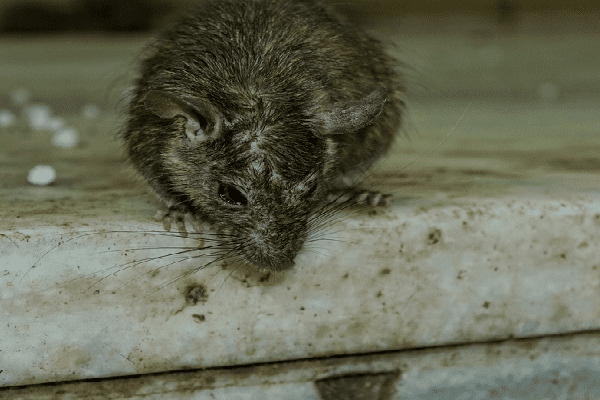Infectious diseases >>>> Rat bites - why are they dangerous?
Rat bites - why are they dangerous?

At all times the mankind prosperity, rats were considered one of the most dangerous animals. What is dangerous about an animal the size of a human hand?
The rat populations always occupy the “lower levels” in the hierarchy of the quality of living conditions. Underground sewer tunnels, unkempt basements, abandoned food warehouses, city dumpsters - these are the usual habitats of these rodents. Feeding on food waste and breeding at an exponential rate, rats have become typical representatives of unsanitary conditions and carriers of extremely dangerous diseases. Cholera, rabies, leptospirosis, yersiniosis are just a part of the list of diseases spread by rats. And, as a rule, almost all of them are deadly.
A rat bite is an injury with impaired skin barrier functions that protects us from various exogenous infections (external infections). Although a rat bite is sometimes accompanied by bleeding, the very nature of the injury is not so dangerous for a person's life as microorganisms that have got from the saliva of an animal into human tissues and lymphatic channels are dangerous.
There are two similar symptoms of the disease, united by one name "Sodoku" (the Japanese version of the name of the disease), the cause of infection with which is precisely the unsuccessful communication with the rat. A rat bite or simply rat saliva that accidentally gets into a scratch on the skin (for example, from food eaten by a rat) causes an infectious infection of the human body - an anthropozoonotic disease that is transmitted from a rat (and often from other wild representatives of small animals that have close contacts with rats or their places of residence: mice, ferrets, weasels, rabbits, squirrels, cats, dogs). There is no information that Sodoku is transmitted from person to person, but this disease does not become less dangerous.
Sodoku (synonyms: Haverhill fever, streptobacillosis) develops when the body is affected by the bacteria Spirillum minus (spirochete) or Streptobacillus moniliformis (streptobacillus). The danger of Sodoku's disease is that the symptoms develop in stages (wavy), recur and mimic various diseases that a person may not attach serious importance to, not associate with a bite or scratch, and will not consult a doctor in time. And the mortality rate according to statistics from Sodoku is 10%. As a result of brain abscess and depletion of the body.
The prodromal period lasts from 3 days to two weeks (sometimes up to a month), then symptoms similar to a respiratory infection increase: chills, an increase in body temperature to 39-40 degrees Celsius (lasts up to five days and independently decreases to normal). The disease has acquired its name "Heyverhill fever" due to recurrences of high body temperature and chills from 5 to 20 times over several weeks or even months.
The next stage is the growing symptoms of inflammation of the conjunctiva of the eyes, oral mucosa, nasopharynx. Further, polymorphic skin rashes, regional lymphadenitis develop paroxysm, signs of myalgia, myositis, arthritis, neuralgia, gastrointestinal disorders are possible. The disease quickly desseminates and affects the liver, spleen, kidneys, lungs, myocardium.
Timely appeal to a medical institution makes it possible to easily establish the presence of dangerous types of bacteria in the body by laboratory culture, and prevent the generalized spread of infection throughout the body.
Treatment of Sodoku is carried out with antibiotics of the penicillin, tetracycline series or cephalosporins, depending on the sensitivity of the bacteria to the drugs. If it is impossible to urgently go to a medical institution, for example, in the case of a considerable distance from the places of medical care, it is recommended to take preventive measures in the event of a rat bite: taking tetracycline. But these measures are temporary, since it will still be necessary to identify the sensitivity of bacteria to chemicals and a course of appropriate antibiotic therapy determined by the doctor.

Read

Read



























